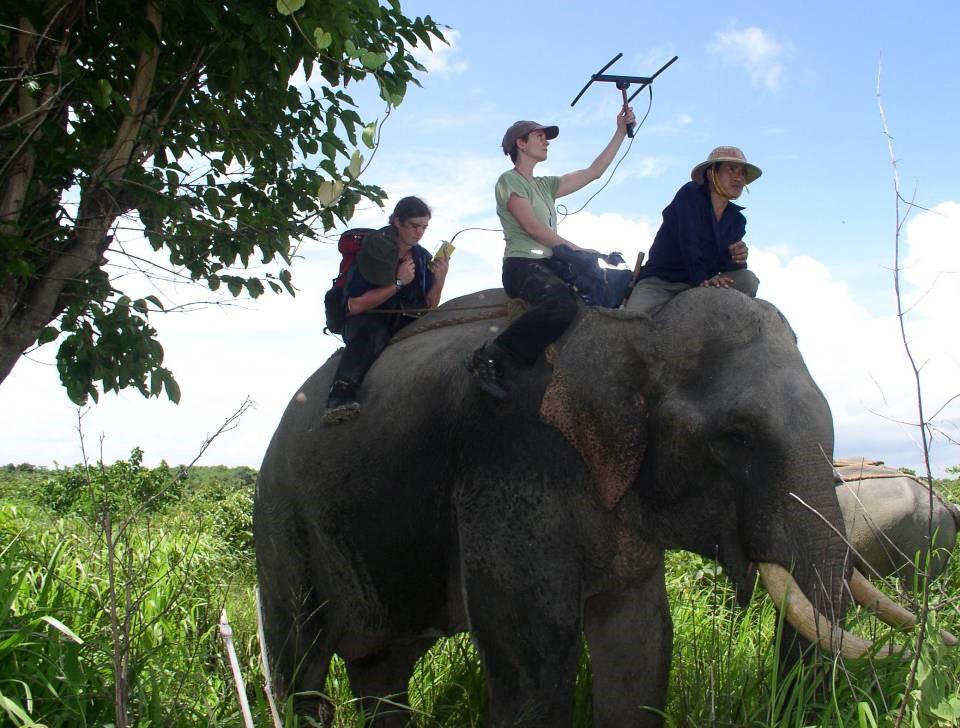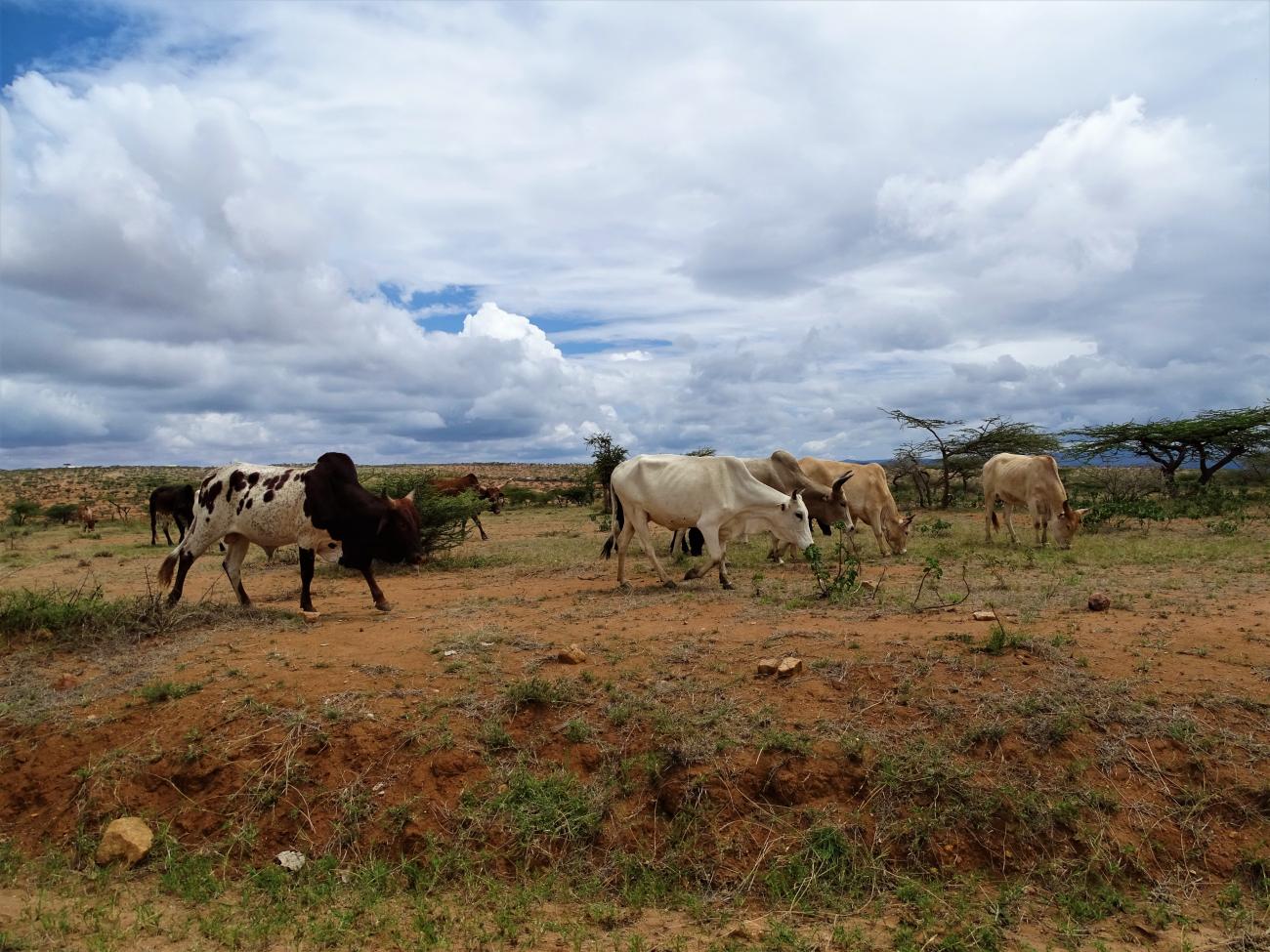Biography
Grant Connette is an ecologist at the Smithsonian Conservation Biology Institute with a research focus in landscape ecology, population dynamics, Geographic Information Systems (GIS) and data analysis.' He is part of the Smithsonian's Working Land and Seascapes initiative and currently focuses on providing tools and information to support large-scale conservation planning.
Connette started with the Smithsonian in 2015 as a postdoctoral fellow under the umbrella of Smithsonian's Myanmar Biodiversity initiative and spent four years living and working in Myanmar with a focus on collaborative biodiversity data analysis efforts with local partner organizations.'Connette transitioned to a research ecologist position in 2019, and has since supported large-scale conservation planning efforts, such as Myanmar's National Tiger Action Plan, the IUCN Amphibian Specialist Group's Amphibian Conservation Action Plan, and the National Red List of Birds for Myanmar.
He received his B.S. from Davidson College and his Ph.D. from the University of Missouri, where he studied the impacts of timber management on salamander populations in the Southern Appalachian Mountains of North Carolina. After receiving his Ph.D., he was a postdoctoral fellow with the University of Missouri and the Northeast Climate Science Center.
Connette started with the Smithsonian in 2015 as a postdoctoral fellow under the umbrella of Smithsonian's Myanmar Biodiversity initiative and spent four years living and working in Myanmar with a focus on collaborative biodiversity data analysis efforts with local partner organizations.'Connette transitioned to a research ecologist position in 2019, and has since supported large-scale conservation planning efforts, such as Myanmar's National Tiger Action Plan, the IUCN Amphibian Specialist Group's Amphibian Conservation Action Plan, and the National Red List of Birds for Myanmar.
He received his B.S. from Davidson College and his Ph.D. from the University of Missouri, where he studied the impacts of timber management on salamander populations in the Southern Appalachian Mountains of North Carolina. After receiving his Ph.D., he was a postdoctoral fellow with the University of Missouri and the Northeast Climate Science Center.
Research Interests
- Landscape Ecology
- Spatial Data Analysis
- Biodiversity Conservation
- Wildlife Management
- Remote Sensing
- Population Dynamics


